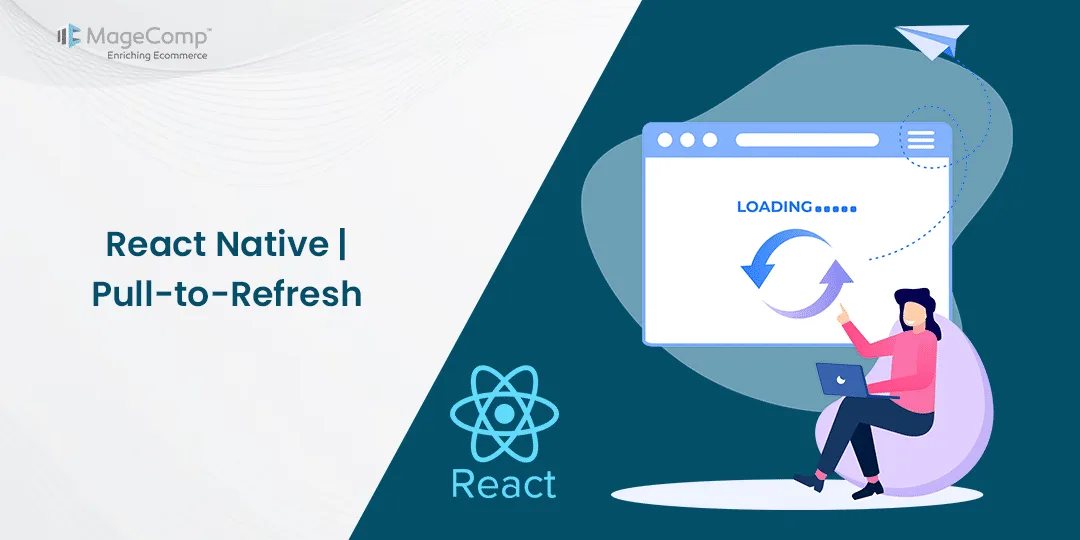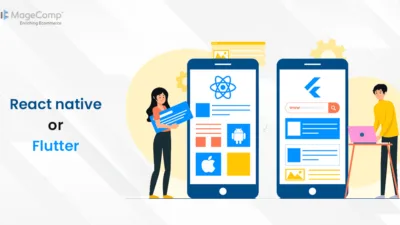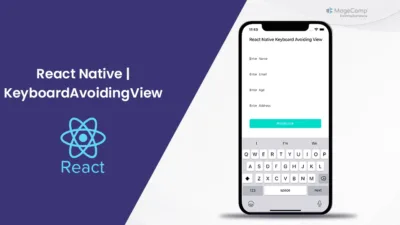Hello React Native Friends,
In the fast-paced world of mobile applications, user experience reigns supreme. With every swipe, tap, and scroll, users expect seamless interactions that keep them engaged and satisfied. React Native, the popular framework for building cross-platform mobile apps, offers developers a powerful toolset to create delightful user experiences. One such feature that enhances user engagement is the Pull-to-Refresh functionality.
Pull-to-Refresh has become a ubiquitous feature in many mobile applications, allowing users to update content with a simple gesture. Whether it’s refreshing a feed, loading new data, or syncing changes, Pull-to-Refresh offers a convenient and intuitive way for users to stay up-to-date with the latest information. And with React Native, implementing this feature is both straightforward and effective.
Pull-to-refresh is an extremely common feature in mobile applications. It lets users fetch the latest data without taking up valuable screen space with a button. If you’ve ever used a social media app, you’re probably familiar with swiping down to update your feed.
What is Pull-to-Refresh?
Pull-to-refresh is a touchscreen gesture that retrieves all the latest data and updates the currently available data in the app. You initiate it by swiping down from the top of the screen. This action will load new data from the server and display it in the interface.
Pull-to-Refresh is a user interface pattern that originated in mobile apps, primarily on touchscreen devices. It enables users to update content on the screen by pulling down on the interface and releasing it. This action triggers a refresh operation, typically fetching new data from a server or updating the existing data.
The Pull-to-Refresh gesture is not only convenient but also provides immediate feedback to the user, indicating that new content is being loaded. This real-time interaction fosters user engagement and ensures that the app’s content remains relevant and up-to-date.
RefreshControl Props
- refreshing: a boolean that indicates whether the data is currently being refreshed.
- onRefresh: This is a function that gets executed when refresh starts. This function should usually set refreshing to true when it starts and false once it completes.
- progressViewOffset: the top offset of the progress view.
- color [Android Only]: controls the color of the refresh indicator. It takes an array of color names.
- enabled [Android Only]: whether pull-to-refresh can be used.
- progressBackgroundColor [Android Only]: the background color of the progress indicator.
- size [Android Only]: the size of the refresh indicator, using any of the enum values (RefreshLayoutConsts.SIZE.DEFAULT and RefreshLayoutConsts.SIZE.LARGE).
- tintColor [iOS Only]: the color of the refresh indicator.
- title [iOS Only]: the title displayed under the refresh indicator.
- titleColor [iOS Only]: the color of the refresh indicator title.
Example of React Native Pull-to-Refresh
const YourComponent = () => {
const [refreshing, setRefreshing] = useState(false);
const yourDataArray = []; // Your data array
import React, { useState } from 'react';
import { FlatList, RefreshControl } from 'react-native';
const onRefresh = () => {
setRefreshing(true);
// Perform the data fetching or refreshing action here
// Once the action is complete, set refreshing to false
setTimeout(() => {
setRefreshing(false);
}, 2000); // Example: Simulate refreshing for 2 seconds
};
return (
<FlatList
data={yourDataArray}
renderItem={({ item }) => (
// Render your list item here
)}
keyExtractor={(item) => item.id.toString()}
refreshControl={
<RefreshControl
refreshing={refreshing}
onRefresh={onRefresh}
/>
}
/>
);
};
Conclusion:
Incorporating Pull-to-Refresh functionality into your React Native app enhances user experience by enabling seamless content updates with a simple gesture. Whether you opt for the built-in components or third-party libraries, React Native provides the tools necessary to create engaging and intuitive mobile applications.
By embracing user-centric design principles and leveraging the power of React Native, developers can elevate their apps to new heights, ensuring that users remain delighted and engaged with every interaction. So why wait? Start integrating Pull-to-Refresh into your React Native app today and watch your user engagement soar!
Happy Coding!












